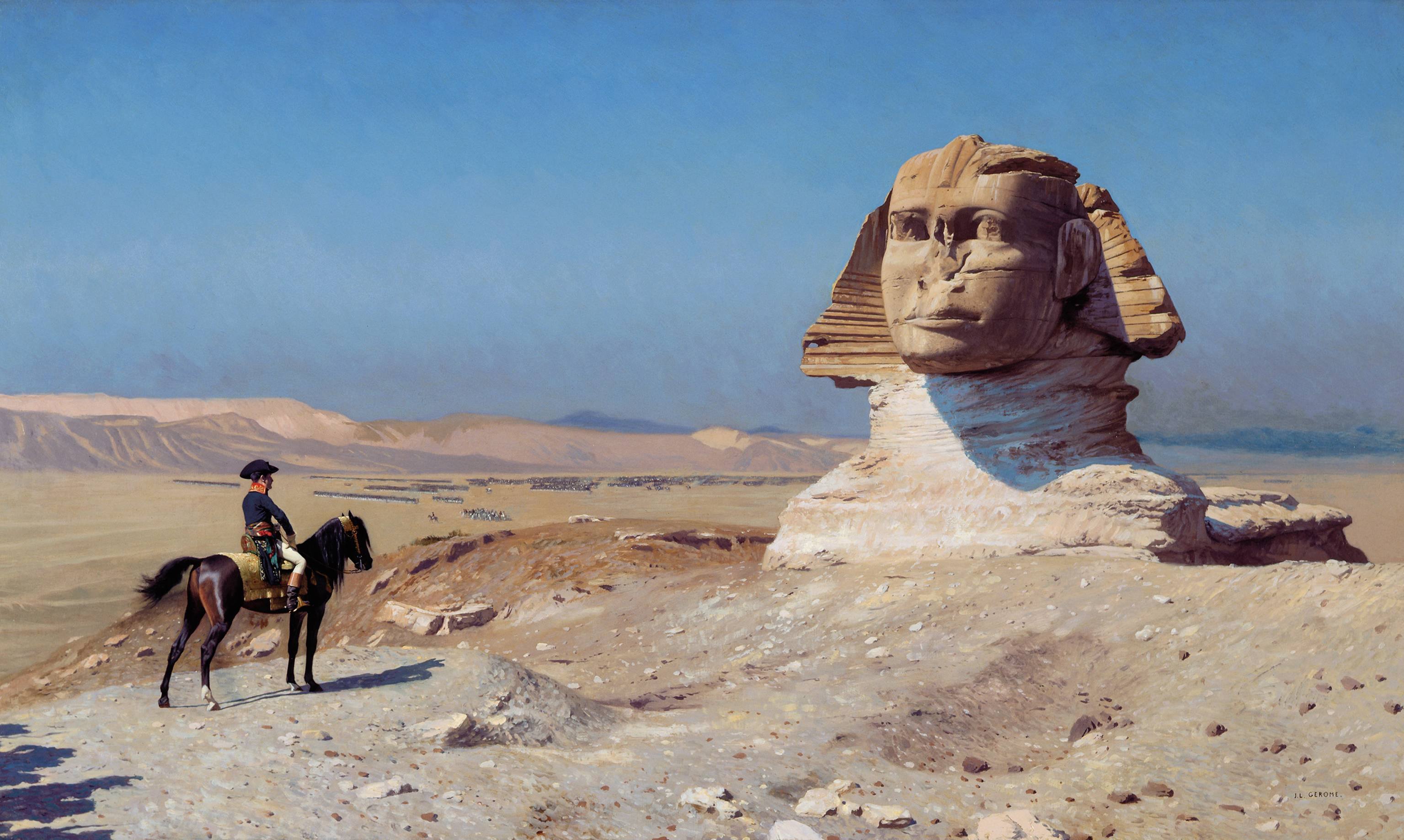view the rest of the comments
Traditional Art
From dabblers to masters, obscure to popular and ancient to futuristic, this is an inclusive community dedicated to showcasing all types of art by all kinds of artists, as long as they're made in a traditional medium
'Traditional' here means 'Physical', as in artworks which are NON-DIGITAL in nature.
What's allowed: Acrylic, Pastel, Encaustic, Gouache, Oil and Watercolor Paintings; Ink Illustrations; Manga Panels; Pencil and Charcoal sketches; Collages; Etchings; Lithographs; Wood Prints; Pottery; Ceramics; Metal, Wire and paper sculptures; Tapestry; weaving; Qulting; Wood carvings, Armor Crafting and more.
What's not allowed: Digital art (anything made with Photoshop, Clip Studio Paint, Krita, Blender, GIMP or other art programs) or AI art (anything made with Stable Diffusion, Midjourney or other models)
make sure to check the rules stickied to the top of the community before posting.


Wow that’s awesome. Thanks for the reply.
If you search for the image online there’s another version that looks a bit more natural. I think this one has been retouched as it’s more crisp with more contrast with a bluer sky. But I can’t be sure because I’m just a caveman.
Look at the different versions. Which do you think is representative of the real oil on canvas?
Man, color in photographs and color on screens can be quite the rabbit hole...
Many consumer screens, especially phones, display colors very differently. Likewise, most cameras (phones, DSLRs, MLIC, etc) will render straight out of the camera JPEGs with various degrees of tweaks (more contrast, saturation, etc).
Take a photo of the same thing with two different cameras and then view the results on two different screens. You'll get a total of four different results.
Totally. Not to mention that post processing settings on TVs could make two identical models present radically different pictures